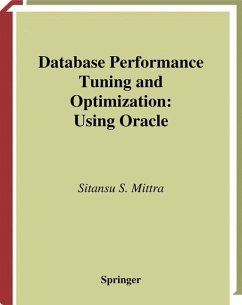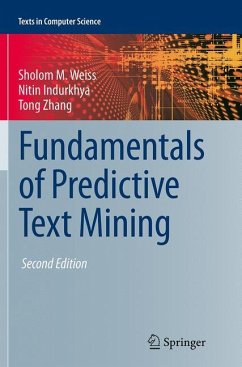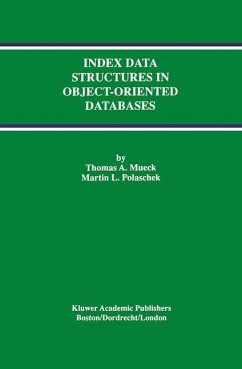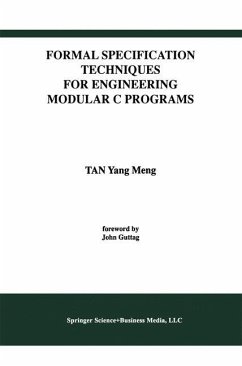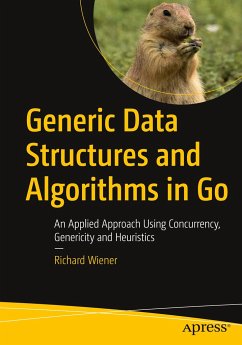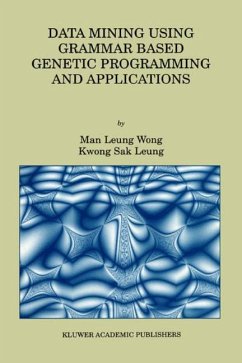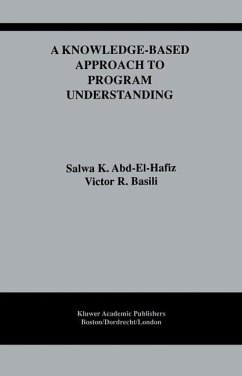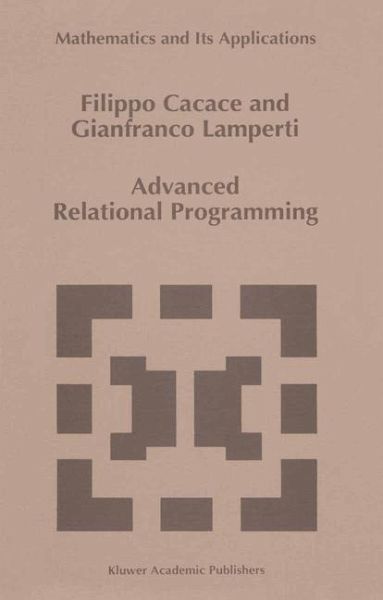
Advanced Relational Programming
Versandkostenfrei!
Versandfertig in 1-2 Wochen
77,99 €
inkl. MwSt.
Weitere Ausgaben:

PAYBACK Punkte
39 °P sammeln!
Databaseprogrammingis the process ofdeveloping data-intensiveapplications which demand the access to large amounts of structured, persistent data. The primary tool required for implementing such applications is a database programming language, namely aformal language which is specialized in the definition and manipulationof relevant large-scale data. As such, a database programming language is expected to provide high-level data modeling capabilitiesas well as avarietyofconstructs which facilitatethehandlingofthespecifieddata. Inthis perspective, the aim of this book is: (i) to present the rec...
Databaseprogrammingis the process ofdeveloping data-intensiveapplications which demand the access to large amounts of structured, persistent data. The primary tool required for implementing such applications is a database programming language, namely aformal language which is specialized in the definition and manipulationof relevant large-scale data. As such, a database programming language is expected to provide high-level data modeling capabilitiesas well as avarietyofconstructs which facilitatethehandlingofthespecifieddata. Inthis perspective, the aim of this book is: (i) to present the recent advances in database technologyfrom theviewpointofthe novel database paradigmsproposedfor the developmentofadvanced, non-standard, data-intensive applications, (ii) to focus specificallyon the relational approach, with considerableemphasis on the extensions proposed in the last decade, and (iii) to describe the extended relational database languageAlgres which is primarily the outcome ofresearch work conducted by the authorsincooperationwithalargenumberofothercolleaguesandstudents. Furthermore, in orderto put the concepts presented in the book into practice, the reader is invited to experiment with the Algres system, afree copyofwhich can be requestedfromKluwerAcademicPublishers,ordirectlyfromtheauthors. Dependingonthespecific interest andbackgroundofthereader,thebookcanserve either:(1) to overview recent trends in databases, (2) to introduce in more detail the concepts and theory of the nested relational model, or (3) to present a complete advancedrelationallanguagewhichcanbefreelyusedforexperimentalpurposeswithin academicandresearchframeworks.



